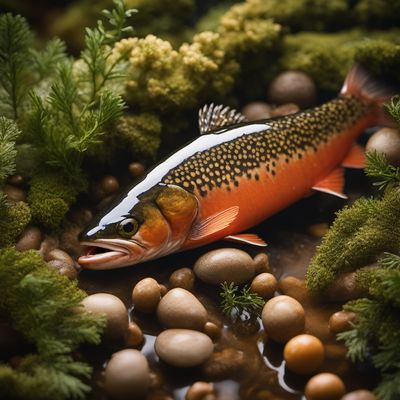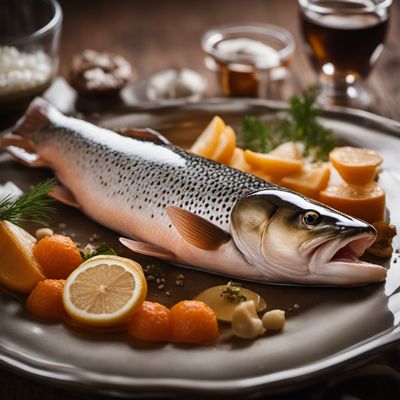
Ingredient
Char
"The Fiery Delight: Unleashing the Bold Flavors of Char"
Char, also known as charred food, is the result of subjecting ingredients to high heat, resulting in a blackened or browned exterior. This cooking technique enhances the natural flavors of the ingredient while imparting a distinct smokiness. Charred foods can range from vegetables and meats to fruits and even bread, offering a unique and complex taste profile. The texture of charred food can vary depending on the ingredient, ranging from crispy and caramelized to tender and succulent. Visually, charred food showcases a beautiful contrast between the darkened exterior and the vibrant colors of the interior.
Origins and history
The technique of charring food has been practiced for centuries across various cultures. In ancient civilizations, such as the Greeks and Romans, charred food was a common cooking method. The Maillard reaction, which occurs during charring, was discovered by French chemist Louis-Camille Maillard in the early 20th century, further enhancing the understanding and popularity of charred flavors.
Nutritional information
Char itself does not provide significant nutritional value, as it is primarily a cooking technique. However, the ingredients that are charred may retain their nutritional content, albeit with some loss due to the high heat.
Allergens
There are no known allergens specifically associated with char as it is a cooking technique rather than an ingredient itself.
How to select
When selecting ingredients for charring, choose fresh and high-quality produce or cuts of meat. Look for firm vegetables, well-marbled meats, and ripe fruits. Avoid ingredients that are overly soft, bruised, or discolored.
Storage recommendations
Charred food is best enjoyed immediately after cooking. If leftovers are desired, store them in an airtight container in the refrigerator for up to 3 days. Reheat gently to preserve the texture and flavors.
How to produce
To produce char, apply high heat directly to the ingredient, either through grilling, broiling, or using a blowtorch. Ensure that the ingredient is dry and lightly oiled to prevent sticking and promote even charring.
Preparation tips
Before charring, ensure that the ingredient is properly seasoned with salt, pepper, and any desired spices or marinades. For vegetables, consider blanching or parboiling them briefly before charring to ensure they cook evenly. When grilling meats, allow them to come to room temperature before charring to promote even cooking. Experiment with different woods or charcoal varieties to add additional smoky flavors.
Culinary uses
Char is commonly used in grilling, barbecuing, and roasting. It adds depth and complexity to dishes such as charred vegetables, grilled steaks, roasted peppers, and even charred fruit desserts.
Availability
Char is a cooking technique that can be applied to a wide range of ingredients, making it universally available.




